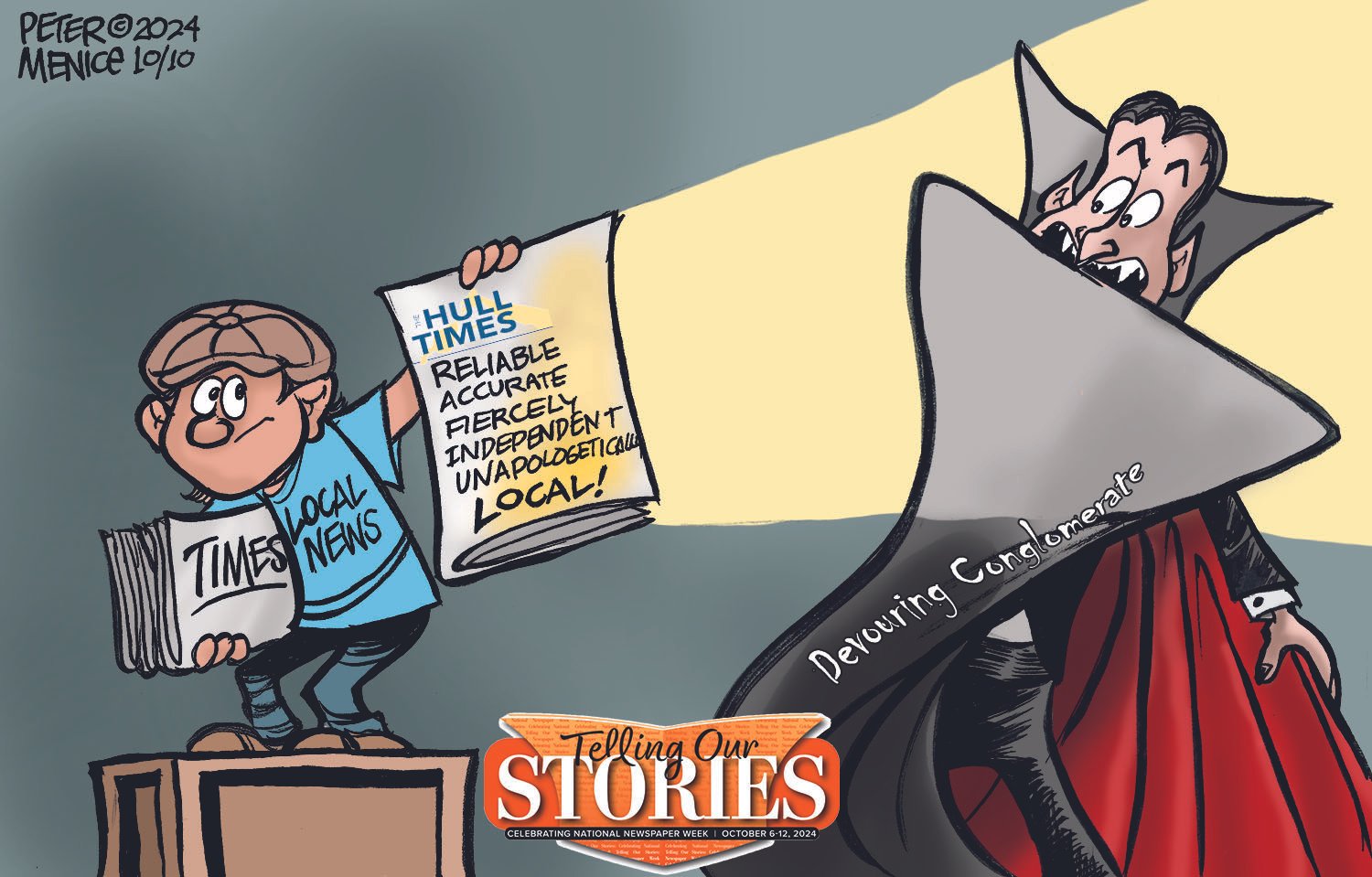A large part of this week’s discussion revolved around the plans to change the traffic pattern, removing some lanes and converting the streets on both sides of the site to two-way. HRA member Dan Kernan proposed an alternative to use the existing road layout instead, despite Thompson’s comment at the beginning of the meeting that while an important aspect, “too much time is being spent” on this topic and he wasn’t sure that was the right time to get into the merits of the current plan.
“This is a bit of a black hole that [HRA members] get sucked into and may be a cause for discussions being sidetracked,” he said.
While praising Kernan’s efforts, Chair Dennis Zaia said the current two-way plan has been in process for a number of years and includes substantial grant money for the purpose of slowing traffic and improving safety for bicyclists, pedestrians, and all who use the road. It is a joint effort among the HRA, town officials, and the Department of Conservation and Recreation.
Member Adrienne Paquin said the HRA should focus on “coming up with plans that work for either [two-way road] alternative. That would be the best use of our time,” she said.
Mini-assessment of progress
Thompson summarized the “four-way” meeting plan and shared a “mini-assessment” of the progress the HRA has made to date.
This includes gaining an understanding of different perspectives; trying to reach a consensus about the future uses of the property; identifying northeast quadrant ideas and whether a concept has enough potential for consensus to warrant further exploration; and discussion and identification of next steps related to a potential consensus option – or absent that, to decide next steps.
Thompson also noted that “HRA members function well handling routine matters while also having some reciprocal questions about how others approach the issue of future use on the property,” and that the “practical and legal constraints on the HRA complicate the deliberations.”
“Everyone agrees that a lot of hard work, effort, and emotion have gone into the process, but it’s unclear if a consensus can be reached,” Thompson said, further suggesting that if agreement on the overall use of the property can’t be reached, incremental improvements to the “status quo” could be considered. These could include having electricity installed on one of the parcels where community events could be held in the meantime, for example.
HRA members were asked to identify one or two areas where they feel there has been a consensus, with all agreeing that parking, open space, and the need for some kind of economic benefit fit into that category, although opinions as to what extent for each remain an open question.
The redevelopment authority was formed in the 1960s under a federal program to revitalize urban and suburban neighborhoods. The HRA’s original footprint – designated Town Center No. 1 – encompasses the land between the beach and bay from Water Street to Phipps Street; at one time, the authority planned to expand its territory into three additional districts that stretched southward toward Atlantic Hill.
Much of the HRA land has been vacant since the 1970s, when homes and businesses were taken by eminent domain by the authority and bulldozed, burned, or relocated in anticipation of development proposals that never materialized. The HRA has been working for the past several years to create a set of guidelines for future development.
A 2023 version of the URP envisioned several uses for the property, including a boutique hotel and buildings with ground-floor retail and residential units on the upper floors. For the property north of the DCR parking lot near Monument Square, options included affordable housing or beach parking and event space. The HRA stepped back from that plan and has embarked on the current process to rework the URP.
‘Surprised at so many areas of agreement’
Zaia said he was surprised that there were so many areas of agreement once they were discussed. “That word makes me smile,” he said.
HRA members also agreed there is a need to agree on the definitions of various terms often referred to in their discussions, including “open space,” “economic benefit,” and “development,” among others. Zaia and Paquin agreed to research meanings for those terms.
“This is a discovery process,” Thompson said.
He also suggested focusing on agreed-upon evaluation criteria that could include aesthetics, connectivity, economic and community benefits, resiliency, and transportation.
Zaia also provided an update on the concept he floated earlier for a conference and learning center for the study of oceanography and geology as well as a space for weddings, trade shows, and community events that could accommodate about 350 people.
‘I think this would allow for some economic value, because a developer could fill such a space year-round,” he said. “It’s near the water, where people can ‘ooh’ and ‘aah’ at the views, which would be a real win.”
He also suggested that part of the space could be dedicated to a “museum” use, where the Hull Lifesaving Museum and Hull Historical Society could provide information to visitors about Hull’s history, “giving people a window into what exists in the community. This would provide an opportunity to bring people together and to spend money. This is the piece I have wanted to get across. There are some common themes in what I’ve pitched that I hope they can get hooked on so that we have something to move forward with.”
‘It’s time to get as concrete as possible’
Thompson said at the end of the meeting that “it’s time to get as concrete as possible and see if you can reach a consensus” to avoid being on “spin cycle” indefinitely.
“I feel like [the board] got to the diving board tonight, and now you need to jump off,” he said. “You may find you reach a consensus quicker than expected or you might reach a dead end and need to figure out what to do.”
He also suggested that HRA members consider Zaia’s proposal for a conference and learning center along with revisiting the draft URP.
Future meetings beyond next week’s continuation of the URP discussion include one with attorney Paula Devereaux on Monday, November 4, and a regular business meeting on Monday, November 18.
The replay of this week’s meeting will be available on Hull Community Television’s broadcast channels and on demand on hulltv.net.
Like what you’re reading? Stay informed with a Hull Times subscription by clicking here.
Do you have an opinion to share? Click here to write a Letter to the Editor.
© 2024 The Hull Times. All rights reserved.





























